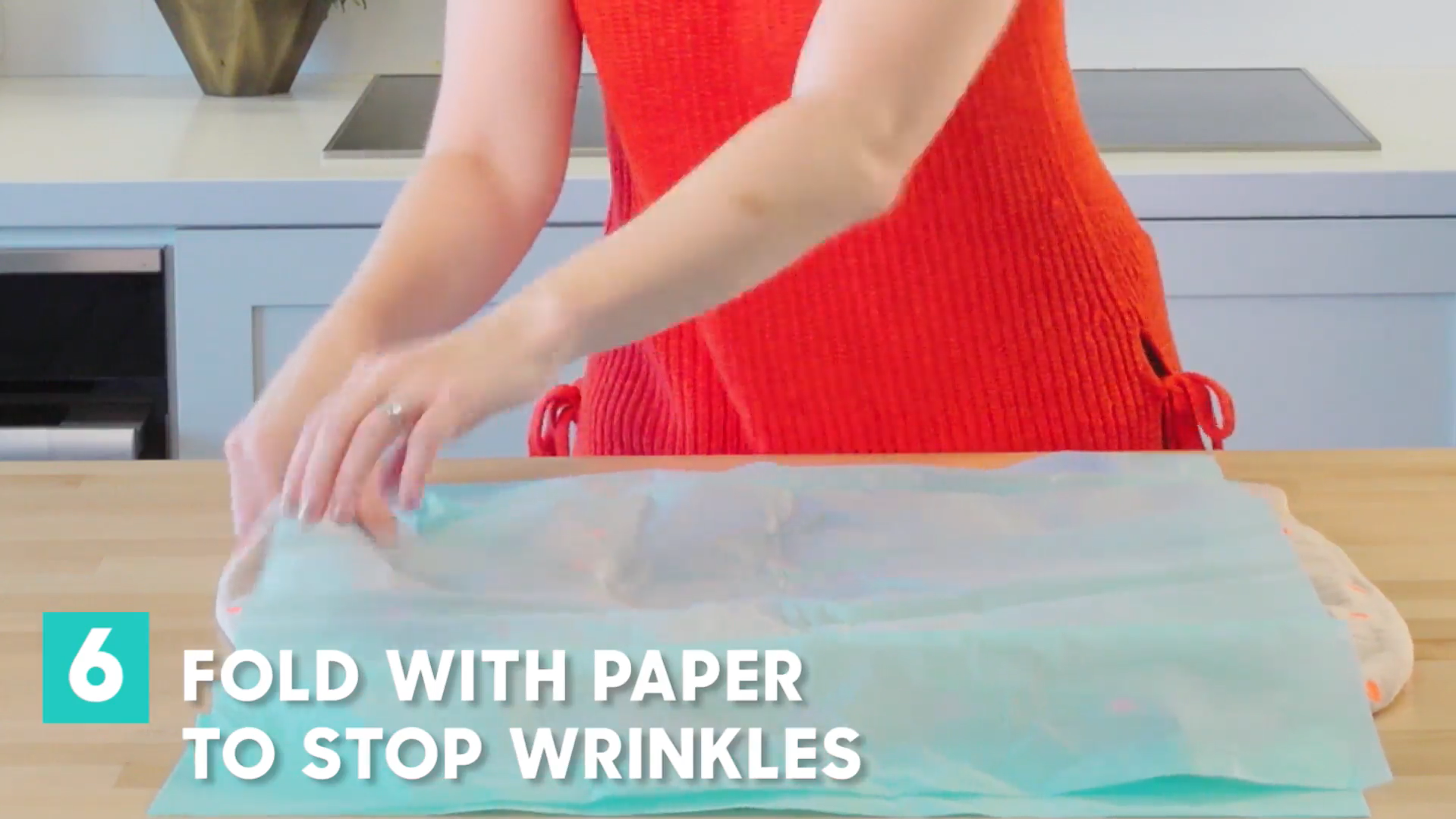Everything You Need to Know About Buying a Comforter
/fit-in/1024x1024/storage/images/blog/primary/784.png)
When the temperature drops, it's all about staying warm and cozy — especially when you sleep. Instead of cranking up the thermostat, use a down comforter to keep you toasty throughout the night. Whether it's real down or the alternative version, you'll want to make sure you're picking one that will offer the warmth you need and will last for years. Here are a few buying tips you should consider.
1. Know the best time to buy.
Down comforters can be replaced less often than sheets or pillows. While there's no exact time frame, they should last at least 10 years. The better you care for it, the longer it will last — we suggest putting it inside a duvet cover to extend its life. You'll want to replace your comforter when it loses its fluffy loft and becomes flat and lumpy, especially if the clumps are uneven throughout. Take note of your comforter's wear at the end of the chilly season: You can pick up a new one on sale in late winter or early spring, though you can expect to see price reductions begin in January.
2. Consider the difference between down and alternative down.
Down, which comes from ducks or geese, provides better insulation than alternative materials, and also isn't as heavy. There isn't a difference in insulation when you consider duck versus goose down, and the color of the down also doesn't matter. On the other hand, alternative down is generally less expensive, easier to clean, and better for allergy sufferers.
3. Note the "fill power."
Fill power measures the amount of space the down takes up: the higher the fill power, the warmer the comforter. But because the way the down is clustered and traps air inside, a comforter with a higher fill power may not be any heavier than one with a lower fill power. Bottom line: If you want to be extra warm and toasty, choose a fill power of 600 or higher. Down alternative comforters may tell you the fill power equivalent.
4. Check out the construction.
How well a comforter is constructed can determine how long it will last. Look for comforters with a baffle-box construction, which will usually be indicated on the packaging. This means there is an internal fabric that keeps the fill spread out and in place so you'll always have even warmth. Also, check the thread count of the outer fabric and opt for one that is 300 or more.
5. Read the care label for cleaning instructions.
Always find out the best way to wash the comforter before you purchase. If the label only recommends spot cleaning, consider choosing a different one; you want to be able to give it a good, deep cleaning when necessary. Some comforters are machine washable, but others are dry clean only.
If you purchase one that's machine washable, make sure to clean it in a front-loading washing machine on a gentle cycle. Add an extra rinse to make sure you're removing all of the detergent. When drying, use dryer balls to help fluff. If the dryer seems stuffed full, take breaks throughout the drying cycle to shake out and fluff the comforter.

SOURCE:
goodhousekeeping https://www.goodhousekeeping.com/home-products/comforter-reviews/a25003/comforter-buying-guide/
Related Posts
/fit-in/1024x1024/storage/images/d09b295c-729a.jpg)
/fit-in/1024x1024/storage/images/0e7ddeb4-19c4.jpg)
/fit-in/1024x1024/storage/images/a04be833-726e.jpg)
/fit-in/1024x1024/storage/images/2cb164ff-0769.jpg)
/fit-in/1024x1024/storage/images/71ffcdd8-dbe0.jpg)
/fit-in/1024x1024/storage/images/c25ad511-dbf6.jpg)
/fit-in/1024x1024/storage/images/550334f2-4665.jpg)
/fit-in/1024x1024/storage/images/d2387bdf-a8c0.jpg)
/fit-in/1024x1024/storage/images/1f0bf2e0-9051.jpg)
/fit-in/1024x1024/storage/images/b6ca0d29-338c.jpg)